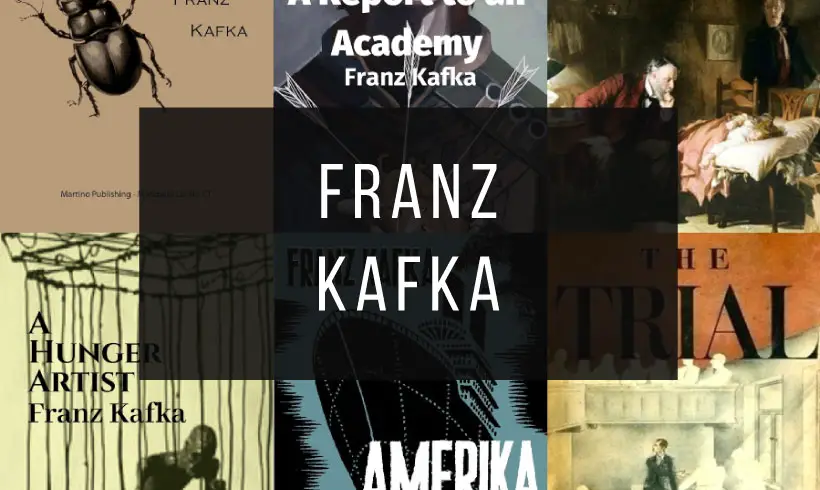Immerse yourself in the intriguing world of Franz Kafka with our extensive selection of free PDF books about this acclaimed author.
Franz Kafka, recognized as one of the most influential writers of the 20th century, will immerse you in a dark and complex universe. His works, marked by existentialism and alienation, explore themes such as bureaucracy, identity, and the human condition.
Don’t miss the opportunity to dive into his captivating and reflective tales. We invite you to explore our page and discover a wide range of books about Franz Kafka.
From his famous novels like “The Metamorphosis” and “The Trial,” to his most unsettling short stories like “In the Penal Colony” and “A Hunger Artist,” you’ll find a variety of titles that will enrich your understanding of his work.
Don’t wait any longer, start your download right away. Immerse yourself in the literary world of Franz Kafka and let yourself be captivated by his unique style and profound vision of human existence.
Download your free PDF books and delve into the work of one of the greatest writers of all time.
1) The Metamorphosis
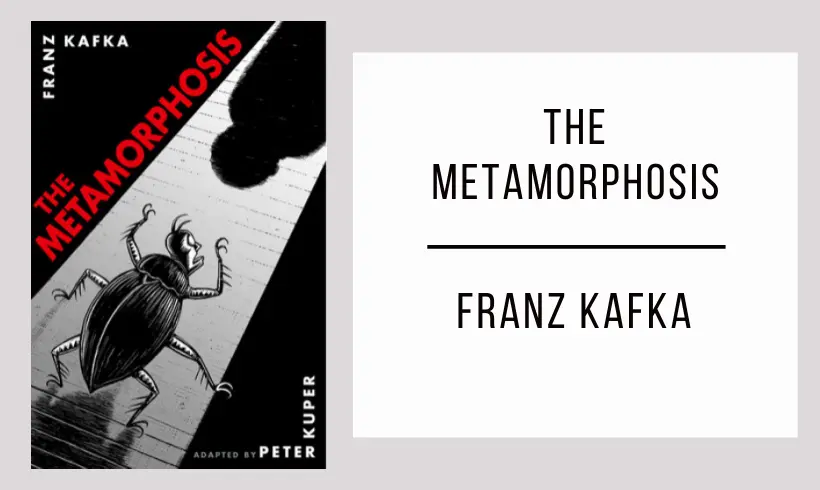
One morning, Gregor Samsa wakes up to find himself transformed into a giant insect. As he struggles to adapt, his once-loving family turns cold, and isolation becomes his new reality. What begins as a surreal nightmare soon reveals a deeper, more tragic truth.
In The Metamorphosis, Franz Kafka delivers a haunting tale of alienation and identity. A story both bizarre and profoundly human, where the real horror is not the transformation itself, but the way the world responds to it.
2) The Trial
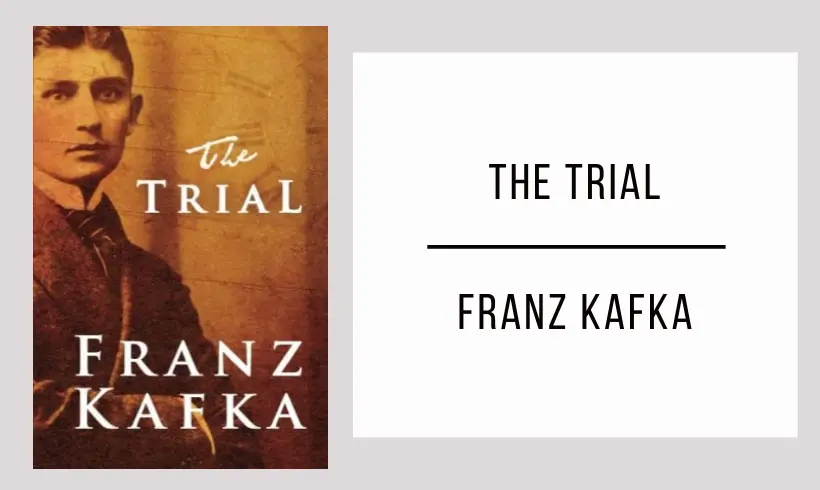
One morning, Josef K. is arrested without explanation. As he navigates a surreal and nightmarish legal system, he struggles to understand his crime—if one even exists. The deeper he goes, the more reality twists into an absurd and inescapable maze.
In The Trial, Franz Kafka crafts a haunting exploration of bureaucracy, guilt, and power. A chilling novel where reason dissolves, justice is an illusion, and the true horror lies in the unknown.
3) The Castle
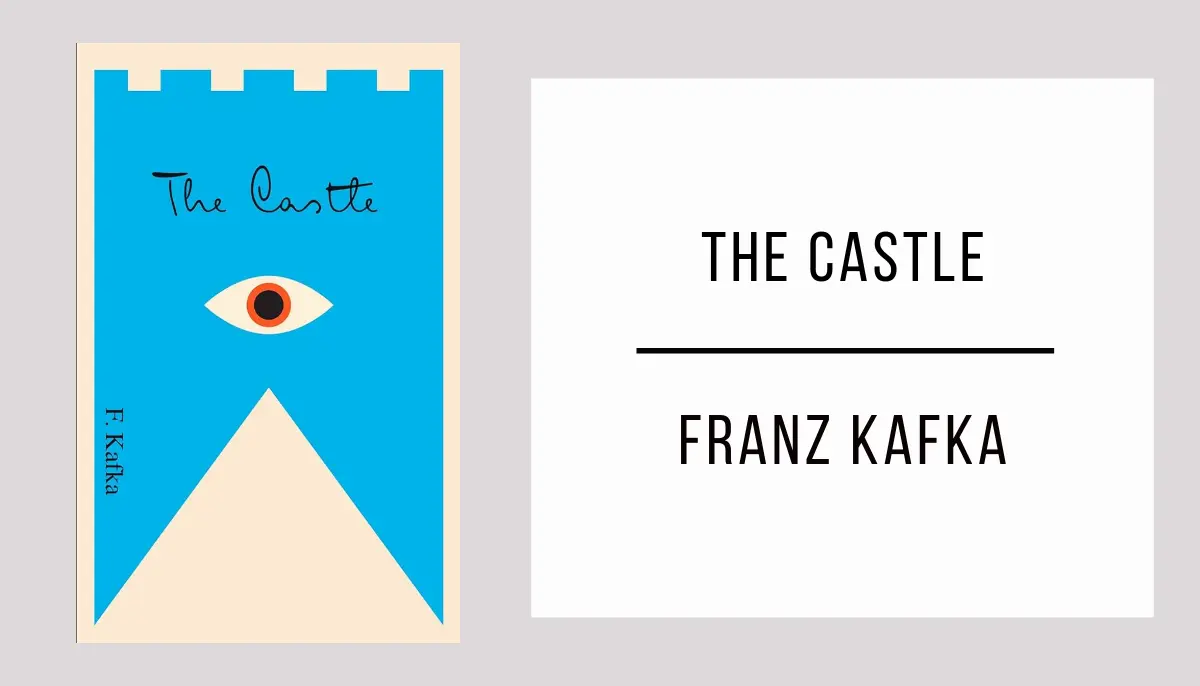
The Castle is a captivating novel that immerses the reader in a labyrinth of mystery and oppression. From the very first page, you will delve into a surreal world where a man struggles to find his place in an incomprehensible and bureaucratic system.
Through its dark and surreal narrative, The Castle explores profound themes such as alienation, frustration, and the desperate struggle against an oppressive system. Franz Kafka weaves a narrative that reflects the irrationality of society and the existential anguish faced by its characters.
Immerse yourself in the pages of The Castle and let yourself be carried away by Kafka’s masterful prose. This literary masterpiece will challenge your perceptions and invite you to reflect on the nature of bureaucracy, alienation, and the search for identity.
4) A Hunger Artist
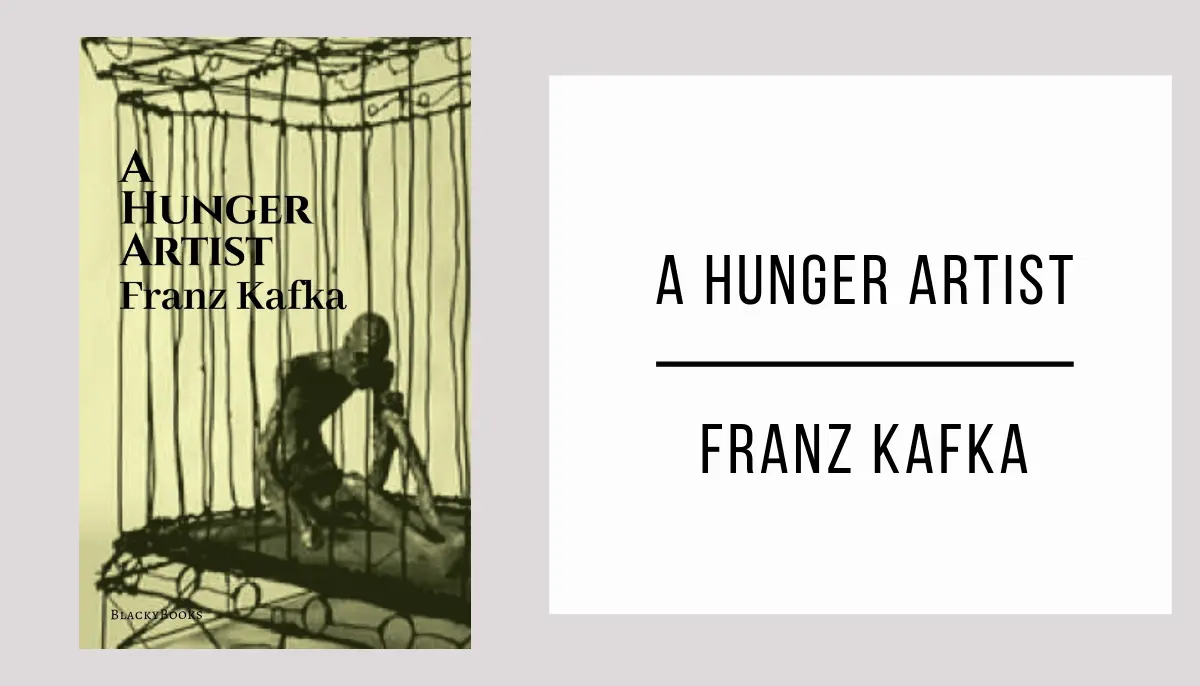
A Hunger Artist is a fascinating narrative that immerses the reader in the decadence and alienation of a marginalized artist who challenges the boundaries of art and society.
Through themes such as loneliness, misunderstanding, and the search for meaning, A Hunger Artist invites us to reflect on the human condition and the role of art in an indifferent world.
Don’t miss the opportunity to delve into Franz Kafka’s unique prose and discover the striking story of this fasting artist. A Hunger Artist will lead you to explore the darkest corners of existence and leave a lasting imprint on your mind.
5) In the Penal Colony
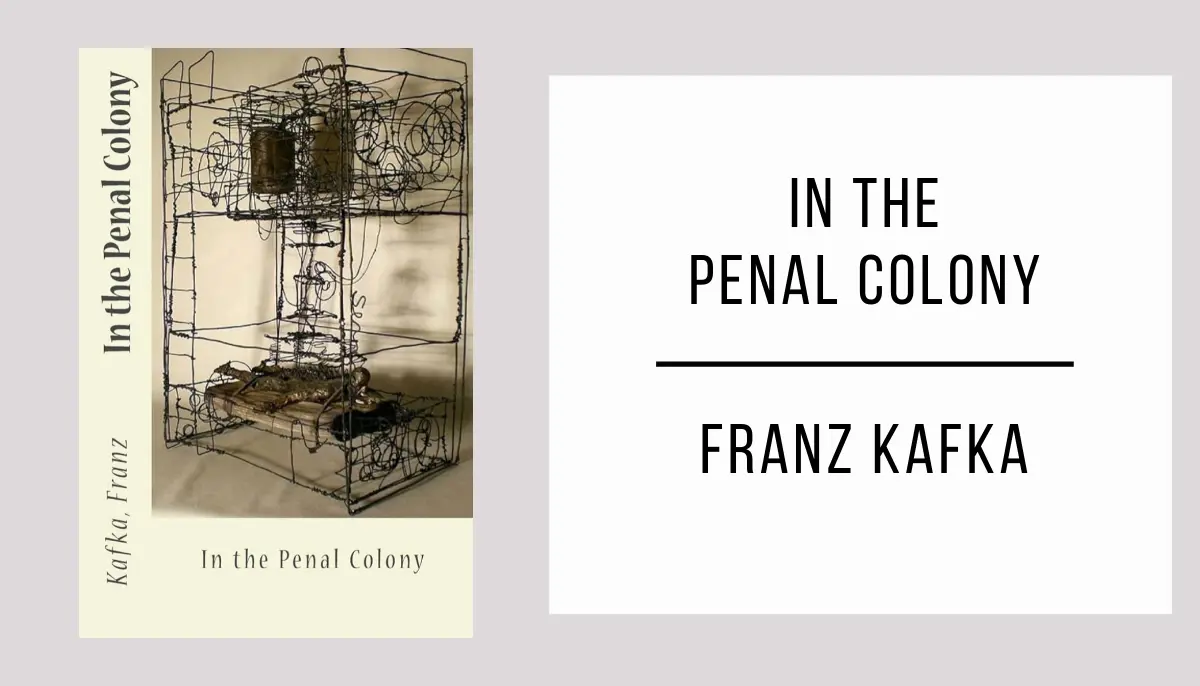
In the Penal Colony is a striking tale that delves into the darkness of justice and power in a dystopian penal colony.
Through masterful prose, Franz Kafka addresses themes such as extreme punishment, social indifference, and power structures, inviting the reader to reflect on the human condition.
Immerse yourself in In the Penal Colony and let yourself be captivated by Kafka’s unsettling narrative. Discover a world where morality and cruelty intertwine, challenging our beliefs and questioning the foundations of justice.
6) The Judgment
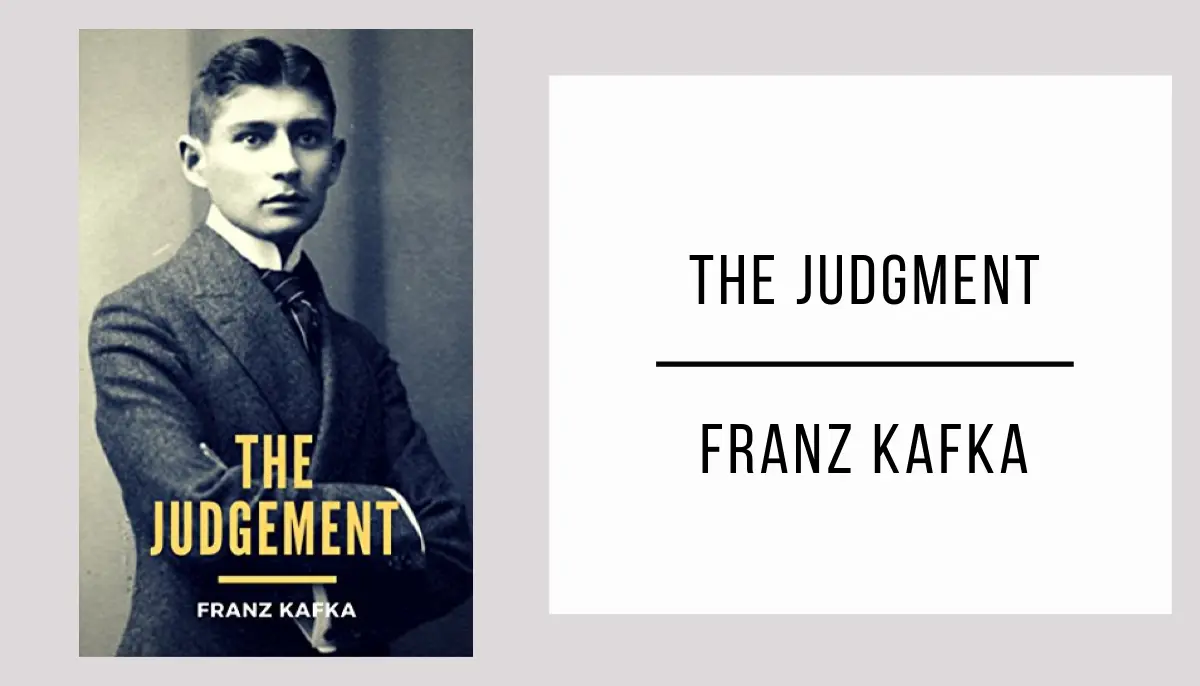
The Judgment is a captivating tale by Franz Kafka that plunges the reader into a labyrinth of guilt, condemnation, and despair as it follows the steps of Georg Bendemann in his tragic fate.
Exploring themes such as alienation, lack of communication, and oppression, Kafka’s The Judgment confronts us with the fragility of human existence and the complexities of family relationships.
Immerse yourself in the depths of Kafka’s masterful prose and discover a story that will challenge and captivate you. The Judgment is an essential work that will transport you to a surreal world and prompt you to reflect on the human condition.
7) Amerika
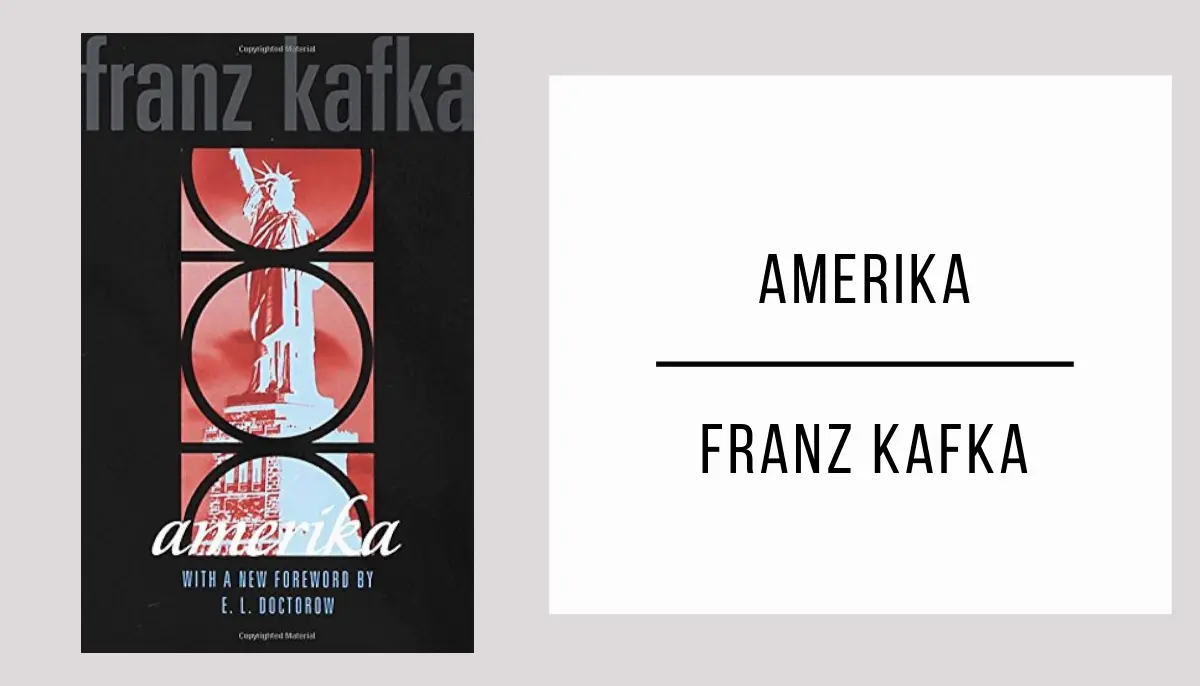
Amerika is an intriguing novel by Franz Kafka that follows the footsteps of Karl Rossman, a young immigrant in search of his place in an unknown land filled with surreal situations.
Through its narrative, Amerika explores themes of alienation, oppressive bureaucracy, and the struggle for identity in a hostile and bewildering environment.
Immerse yourself in Franz Kafka’s fascinating work and discover the surreal world of Amerika, a story that will challenge you to reflect on the human condition and will keep you captivated from beginning to end.
8) A Country Doctor
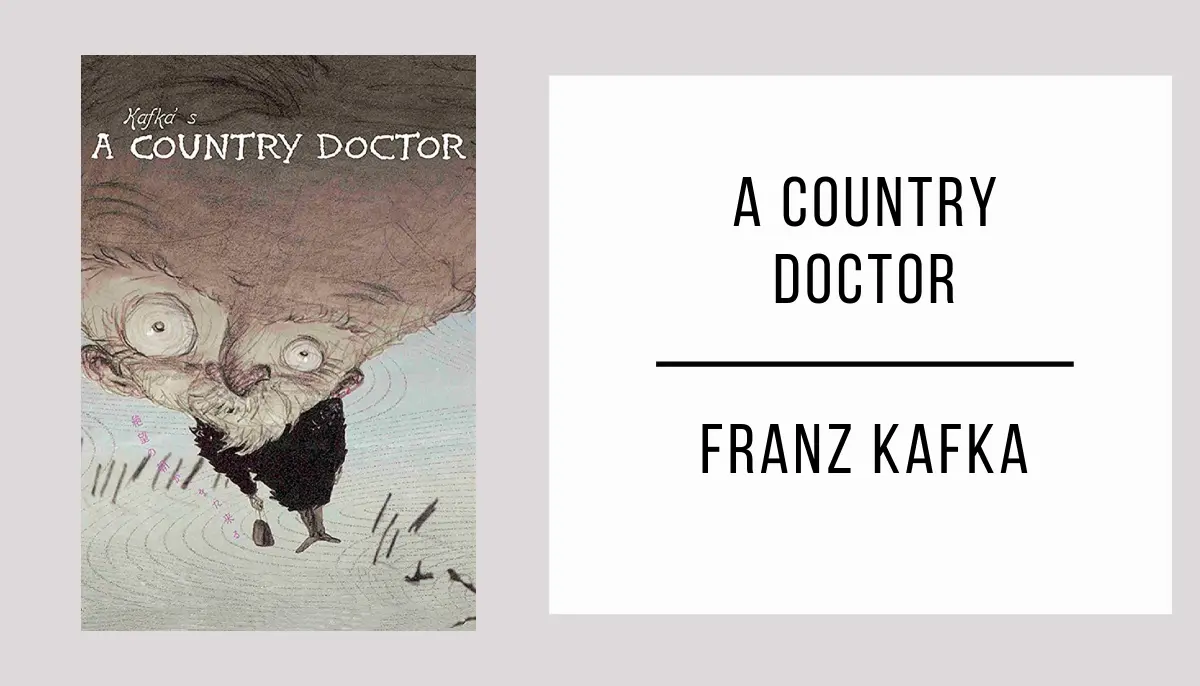
A Country Doctor is an intriguing tale by Franz Kafka that immerses us in a surreal world where a rural doctor encounters absurd and mysterious situations while attempting to reach a sick patient on a dark and cold night.
This Kafka masterpiece explores themes such as absurdity, alienation, and individual powerlessness in an irrational environment. Through his captivating prose, he invites us to question the nature of existence and the limits of reality.
Immerse yourself in Franz Kafka’s literary genius with A Country Doctor. Let yourself be captivated by his unsettling narrative and embark on a journey that will challenge your perceptions and make you reflect on the human condition.
9) A Report to an Academy
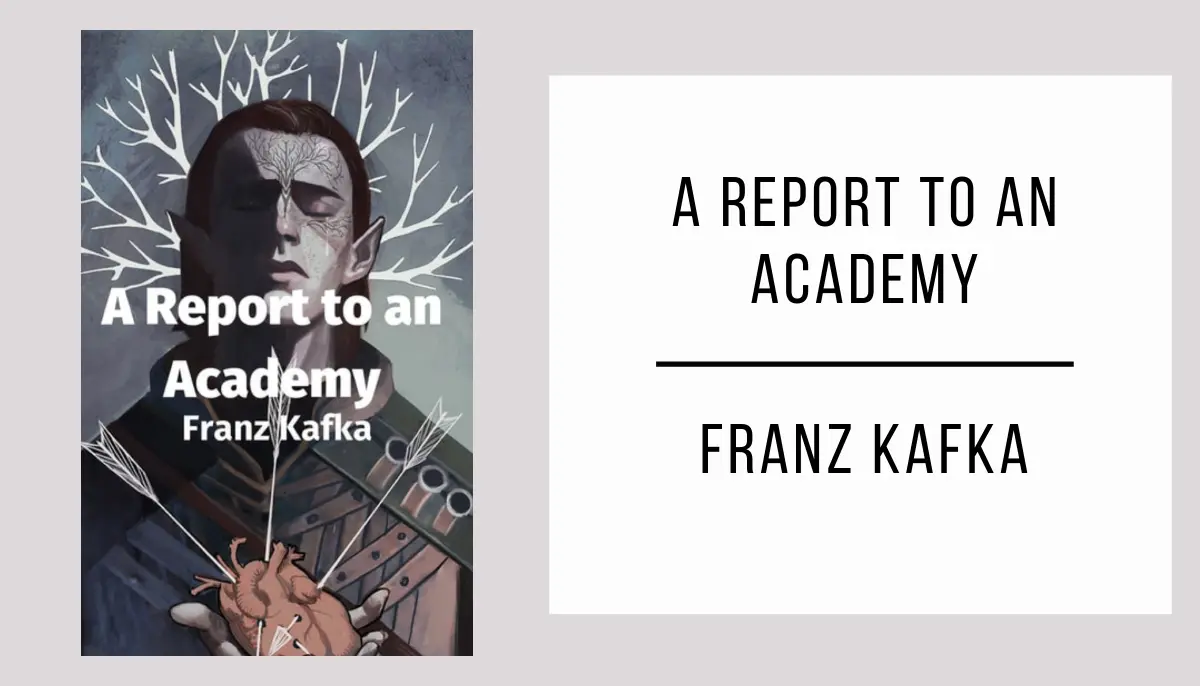
A Report to an Academy is a captivating work by Franz Kafka that narrates the incredible transformation of a monkey into a human, challenging the boundaries of identity and freedom.
Through its narrative, A Report to an Academy explores profound themes such as adaptation, the quest for identity, and the limits of the human condition, leaving the reader pondering on the nature and capacity for change of each individual.
Don’t miss the opportunity to immerse yourself in Franz Kafka’s masterful words and delve into the fascinating world of Report to an Academy.
10) Josephine the Singer or the Mouse Folk
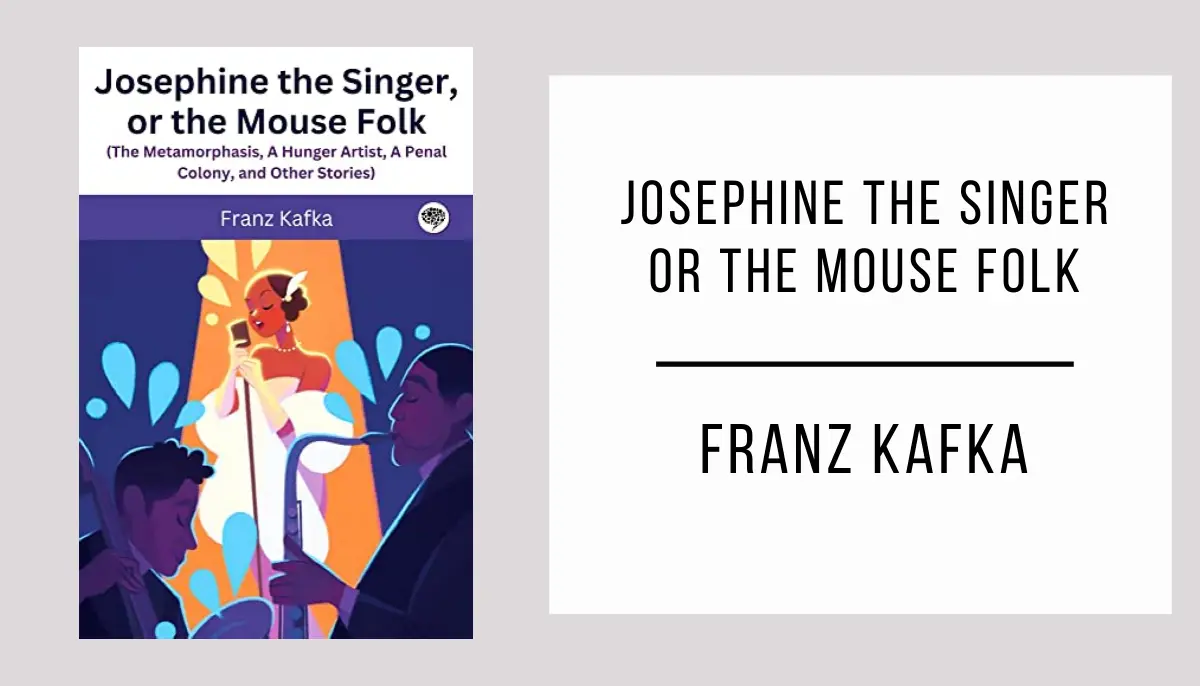
Josefine the Singer, or the Mouse Folk is a captivating work by Franz Kafka that immerses us in a world where a talented singer evokes both admiration and questioning within a community of mice.
Through this tale, Franz Kafka delves into themes such as the artist’s singularity, the quest for recognition, and the fragility of fame in an unexpected setting.
Discover the fascinating narrative of Josefine the Singer, or the Mouse Folk and let yourself be carried away by the power of music and reflection on human nature. A reading that will challenge and transport you to a surprising world.
11) Before the Law
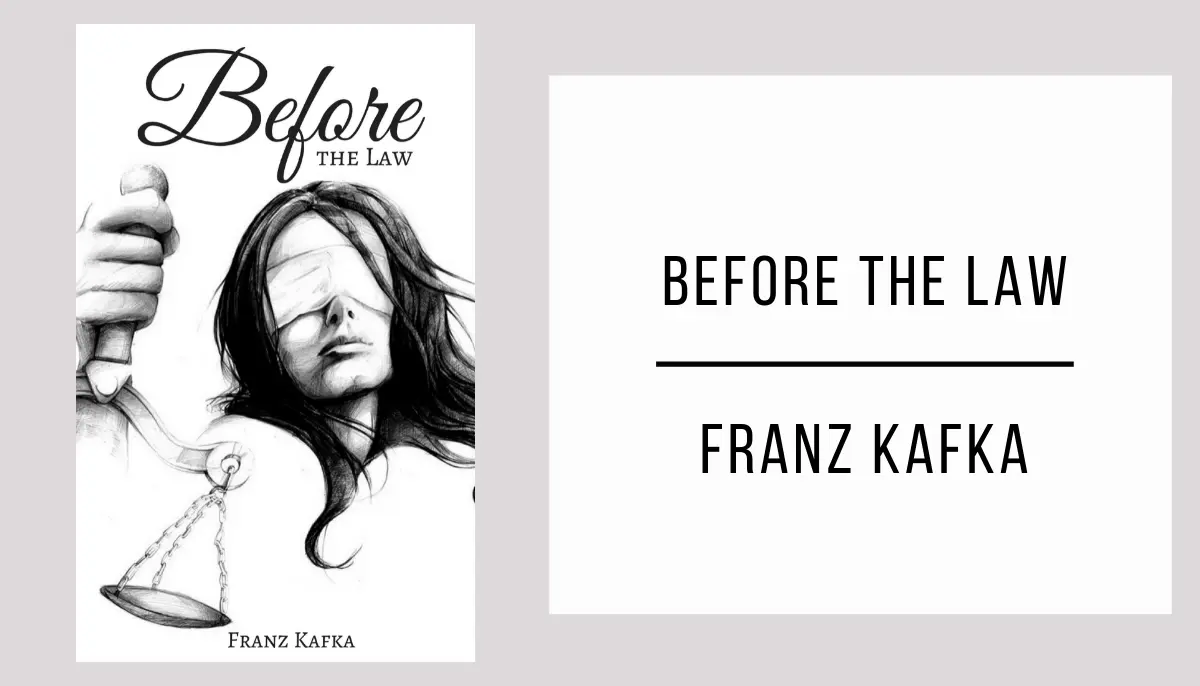
Before the Law is a captivating parable written by Franz Kafka that explores the desperate quest for the law and the frustrations encountered along the way.
Before the Law addresses inaccessibility, alienation, and bureaucratic oppression, reflecting on the human condition and the limitations imposed by institutions.
Immerse yourself in the depths of Before the Law and discover a literary masterpiece that will challenge you to reflect on the nature of truth-seeking and the inevitability of obstacles along the way.


